Take a trip through the maze-like valleys and canyons of a unique place in the solar system: Mars’ ‘labyrinth of night.’
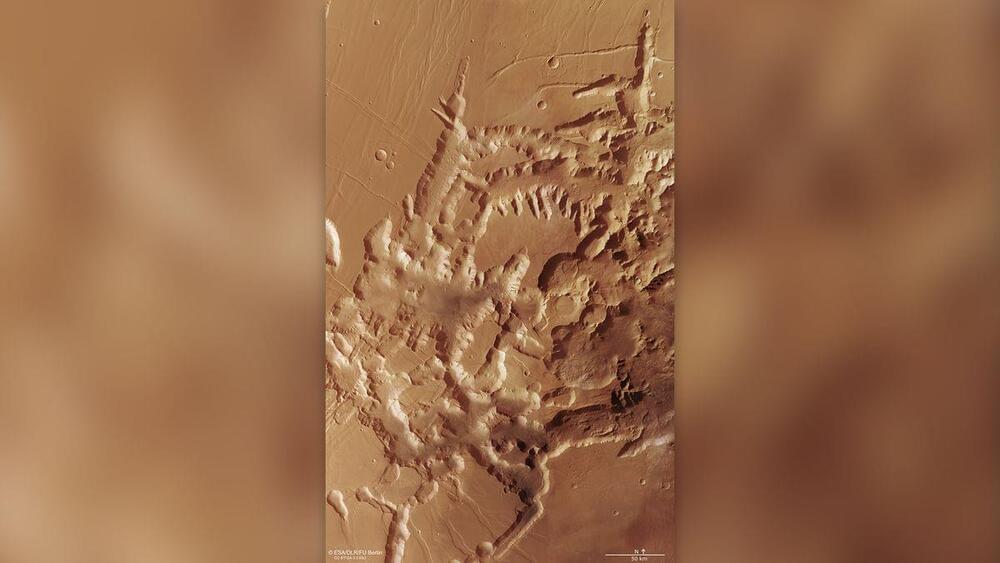

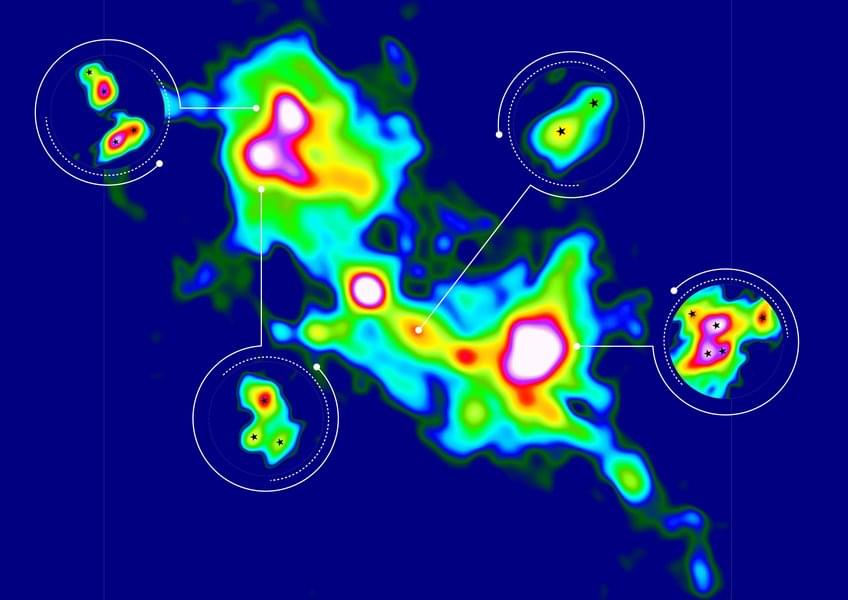
For humans, the chance of giving birth to multiples is less than 2%. The situation is different with stars, especially with particularly heavy stars. Astronomers observe stars that are many times heavier than the sun in more than 80% of cases in double or multiple systems. The key question is whether they were also born as multiples, or whether stars are born alone and approach each other over time.
Multiple births have long been the norm for massive stars. At least on the computer, because in theoretical simulations huge clouds of gas and dust tend to collapse and form multiple systems of massive stars. These simulations depict a hierarchical process in which larger cloud portions contract to form denser cores, and where smaller regions within those “parent cores” collapse to form the separate stars: massive stars, but also numerous less massive stars.
And astronomers do indeed find a wealth of fully formed multiple star systems, especially stars that weigh many times more than the sun. However, this does not yet prove that multiple systems with massive stars are already forming in the primordial cloud, as predicted by simulations.
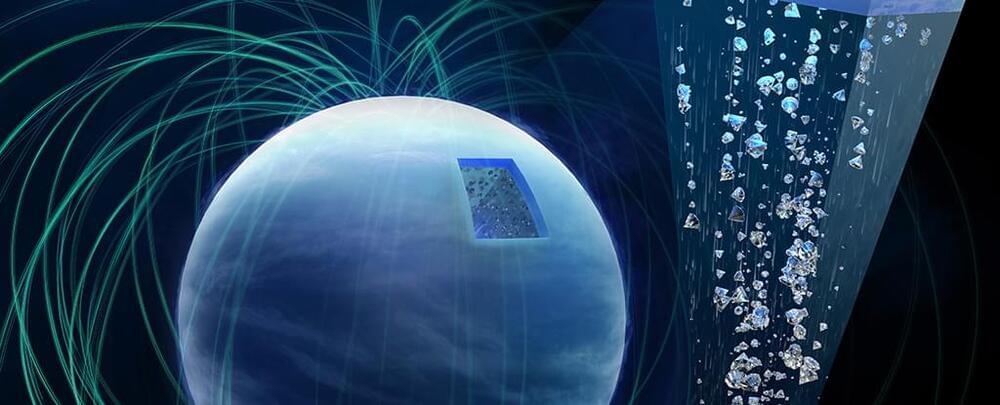
So cool and fascinating!!
If it were ever possible to take a flight through the extreme conditions of Neptune’s atmosphere, we might experience the fascinating phenomenon of diamond rain tapping at our window.
According to a new study by an international team of researchers, such a blizzard of bling could be relatively common throughout the Universe.
Carbon can link into a crystal on giant, icy gas planets like Neptune and Uranus because of the ultra-high temperatures and pressures deep down in the atmosphere. These conditions break up hydrocarbons like methane, allowing the carbon atoms within to connect with four others and make particles of solid diamond.

Electrons that spin to the right and the left at the same time. Particles that change their states together, even though they are separated by enormous distances. Intriguing phenomena like these are completely commonplace in the world of quantum physics. Researchers at the TUM Garching campus are using them to build quantum computers, high-sensitivity sensors and the internet of the future.
“We cool the chip down to only a few thousandths of a degree above absolute zero—colder than in outer space,” says Rudolf Gross, Professor of Technical Physics and Scientific Director of the Walther Meissner Institute (WMI) at the Garching research campus. He’s standing in front of a delicate-looking device with gold-colored disks connected by cables: The cooling system for a special chip that utilizes the bizarre laws of quantum physics.
For about twenty years now, researchers at WMI have been working on quantum computers, a technology based on a scientific revolution that occurred 100 years ago when quantum physics introduced a new way of looking at physics. Today it serves as the foundation for a “new era of technology,” as Prof. Gross calls it.
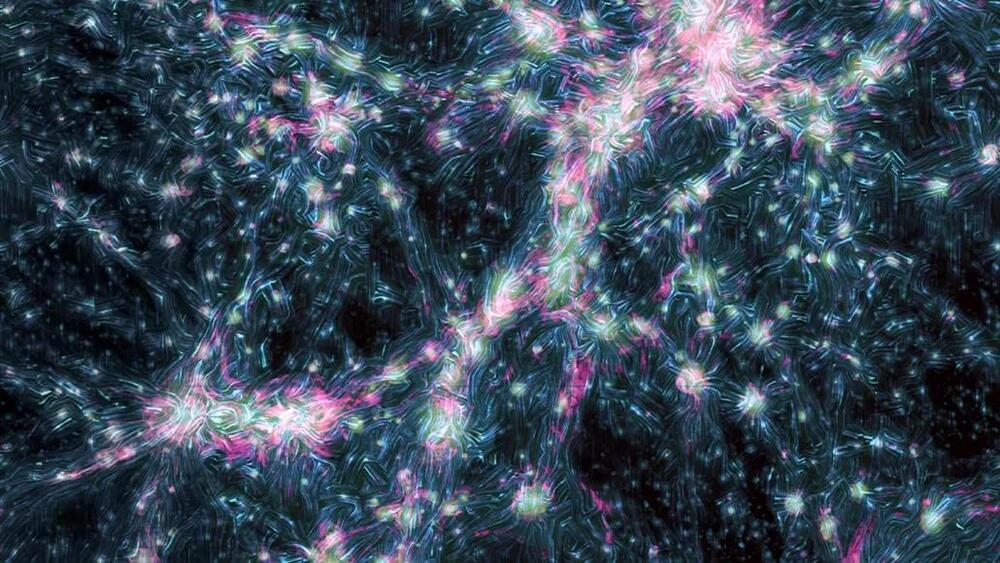


In a new study published in Science today, JILA and NIST (National Institute of Standards and Technology) Fellow Jun Ye and his research team have taken a significant step in understanding the intricate and collective light-atom interactions within atomic clocks, the most precise clocks in the universe.
Using a cubic lattice, the researchers measured specific energy shifts within the array of strontium-87 atoms due to dipole-dipole interactions. With a high density of atoms, these mHz-level frequency shifts—known as cooperative Lamb shifts—were spectroscopically studied. These shifts were studied spatially and compared with calculated values using imaging spectroscopy techniques developed in this experiment.
These cooperative Lamb shifts, named because the presence of many identical atoms in a tightly confining space modifies the electromagnetic mode structure around them, are an important factor as the numbers of atoms in clocks continue to grow.
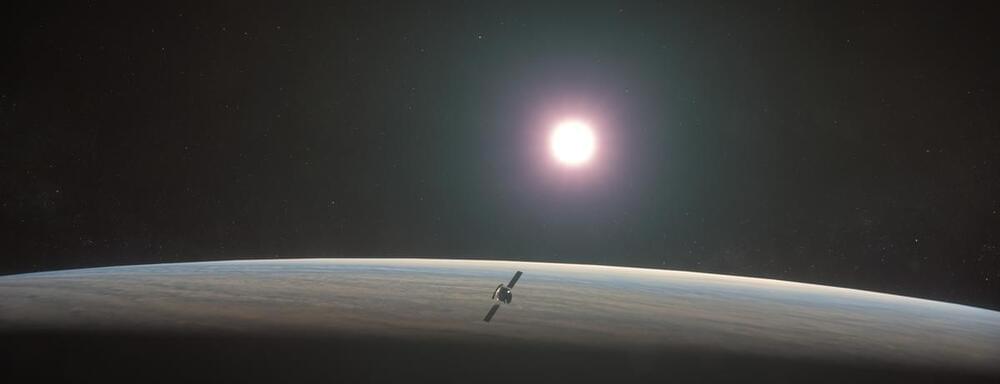
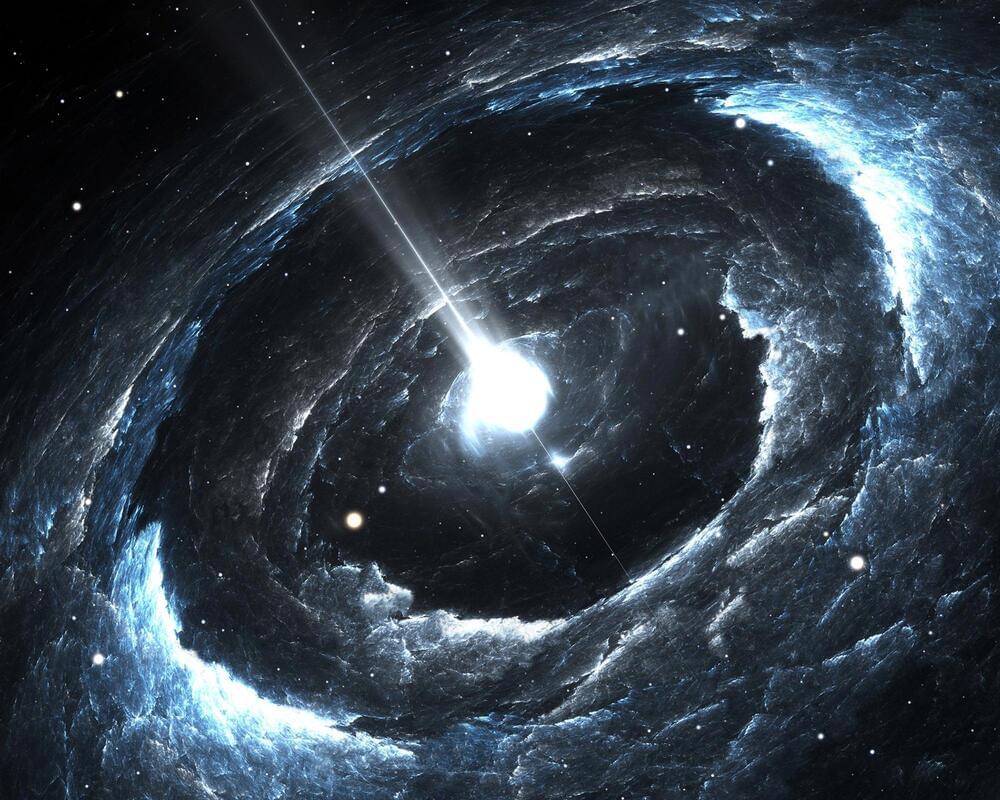
The U.S. Naval Research Laboratory and the Fermi Large Area Telescope Collaboration have discovered nearly 300 gamma ray pulsars, advancing pulsar research and contributing to gravitational wave studies and navigation applications. The findings also include insights into “spider” pulsars, where a neutron star interacts intensively with its binary companion.
The U.S. Naval Research Laboratory (NRL), in conjunction with the international Fermi Large Area Telescope Collaboration, has announced the discovery of almost 300 gamma ray pulsars. This announcement was made in their Third Catalog of Gamma Ray Pulsars, marking a significant achievement 15 years after the 2008 launch of the Fermi telescope. At the time of Fermi’s launch, there were less than ten known gamma-ray pulsars.
“Work on this important catalog has been going on in our group for years,” said Paul Ray, Ph.D., head of the High Energy Astrophysics and Applications Section at NRL. “Our scientists and postdocs have been able to both discover and analyze the timing behavior and spectra of many of these newfound pulsars as part of our quest to further our understanding of these exotic stars that we are able to use as cosmic clocks.”
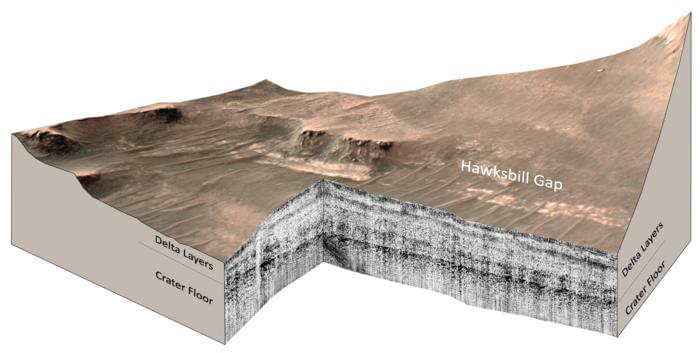
“The changes we see preserved in the rock record are driven by large-scale changes in the Martian environment,” said Dr. David Paige. “It’s cool that we can see so much evidence of change in such a small geographic area, which allows us extend our findings to the scale of the entire crater.”
NASA’s Perseverance (Percy) rover has been exploring Jezero Crater on Mars since it landed there in February 2021. During that time, it has made some truly remarkable discoveries and helped us better understand the history of the Red Planet and whether it could have once supported life long ago. It has long been hypothesized that Jezero Crater was once home to a massive lake of liquid water billions of years ago, and a recent study published in Science Advances by the University of California, Los Angeles (UCLA) and the University of Oslo might have confirmed the most precise data to date regarding this hypothesis.
For the study, the researchers used the RIMFAX ground penetrating radar, which can take radar images up to 20 meters (65 feet) below Percy’s location, to analyze the geologic layers underneath the rover. These images gave researchers a first-time glimpse into the former crater floor that has been slowly buried over vast periods of geologic time.
What they found were geologic layers that are consistent with a former lake being present within Jezero Crater at some point deep in the Red Planet’s history. This included layers that indicated sediments from the flow of water having been deposited along with layers indicating erosion took place, with the latter occurring both before and after the deposits.